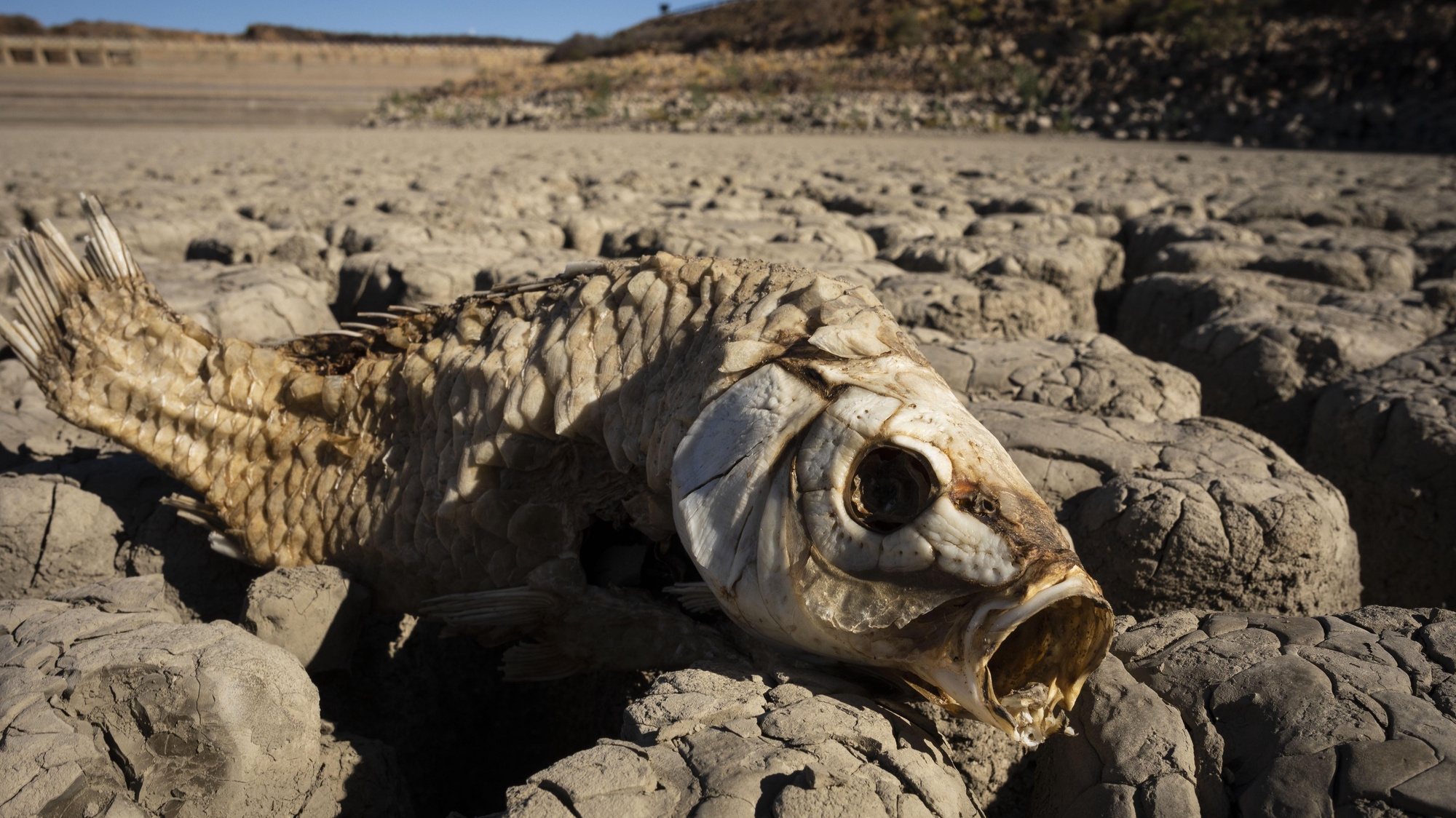Climate change, caused by human action, has not only made it much more likely but has aggravated the current extreme drought affecting the Horn of Africa, an international team of climate scientists has concluded.
“Climate change caused by human activities has caused agricultural drought in the Horn of Africa to be about 100 times more likely” than before, says a report released Wednesday by World Weather Attribution.
This global network of scientists seeks to rapidly determine if certain extreme weather events were influenced by climate changes.
“Climate change has caused low rainfall in the region,” Joyce Kimutai, chief meteorologist at Kenya’s Meteorological Department, told the Associated Press (AP) news agency. “Climate change has made the drought exceptional,” she added.
Kimutai was one of 19 scientists from seven countries who assessed how climate change has affected rainfall in the Horn of Africa, causing the worst drought in 40 years.
The scientists analyzed historical climate data, including changes in the two main rainfall patterns in the region, along with computer model simulations dating back to the 19th century.
The conclusion was that the the long rainy season, from March to May, is becoming drier and the short rainy season, normally from October to December, more wetdue to climate change.
Friederike Otto, an expert at Imperial College London in the United Kingdom and leader of the study, told the AP that the report underscores how the effects of climate change “depend to a large extent on the vulnerability” of the local population.
Scientists have recognized that past poor rainy seasons, high temperatures, conflict, fragile states and poverty are also responsible for the “devastating impacts” of the current drought in the Horn of Africa.
The United Nations said that more than 20 million people in Kenya, Ethiopia, Somalia, Uganda and South Sudan were affected by droughtwith more than 2.2 million people displaced in Somalia and Ethiopia and grave risks for hundreds of thousands of pregnant or lactating women.
Rod Beadle, head of relief and humanitarian affairs for the nongovernmental organization Food for the Hungry, told the AP that nearly 15 million children are at risk of acute malnutrition.
“Despite the recent rains in northern Kenya, the pressure from previous negative seasons creates a dire situation. The flood affected livestock and many herders lost their main livelihood”, he stressed.
“Drought conditions have resulted in severely compacted soils that cannot absorb water; therefore, the flooding is more severe. The country is also facing serious outbreaks of cholera and other diseases as more refugees arrive,” Beadle said.
Source: Observadora
